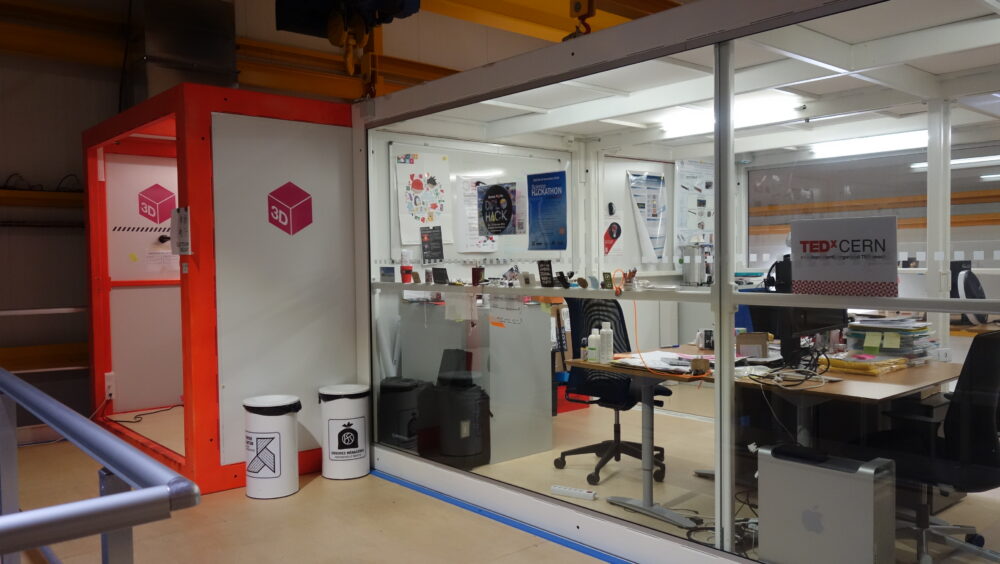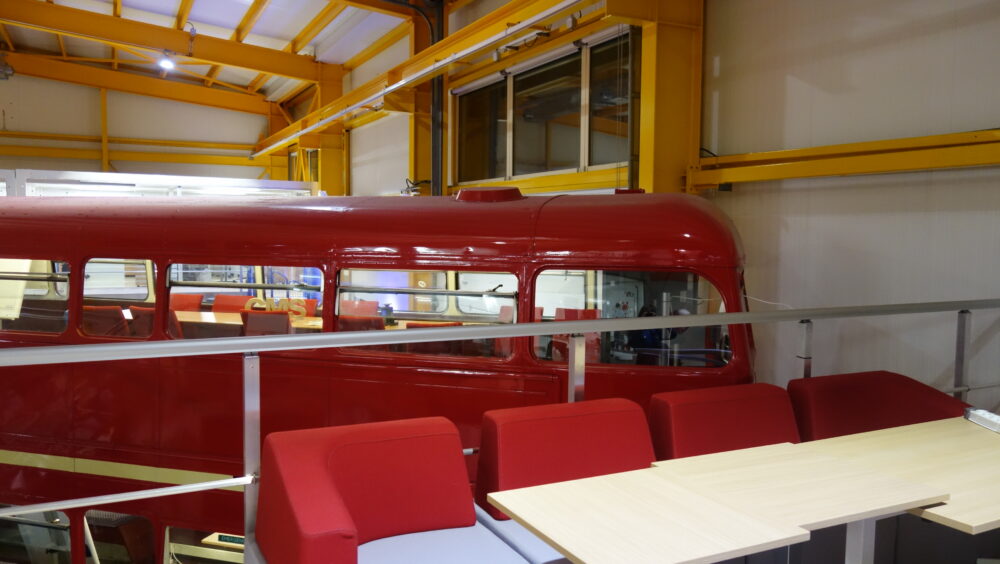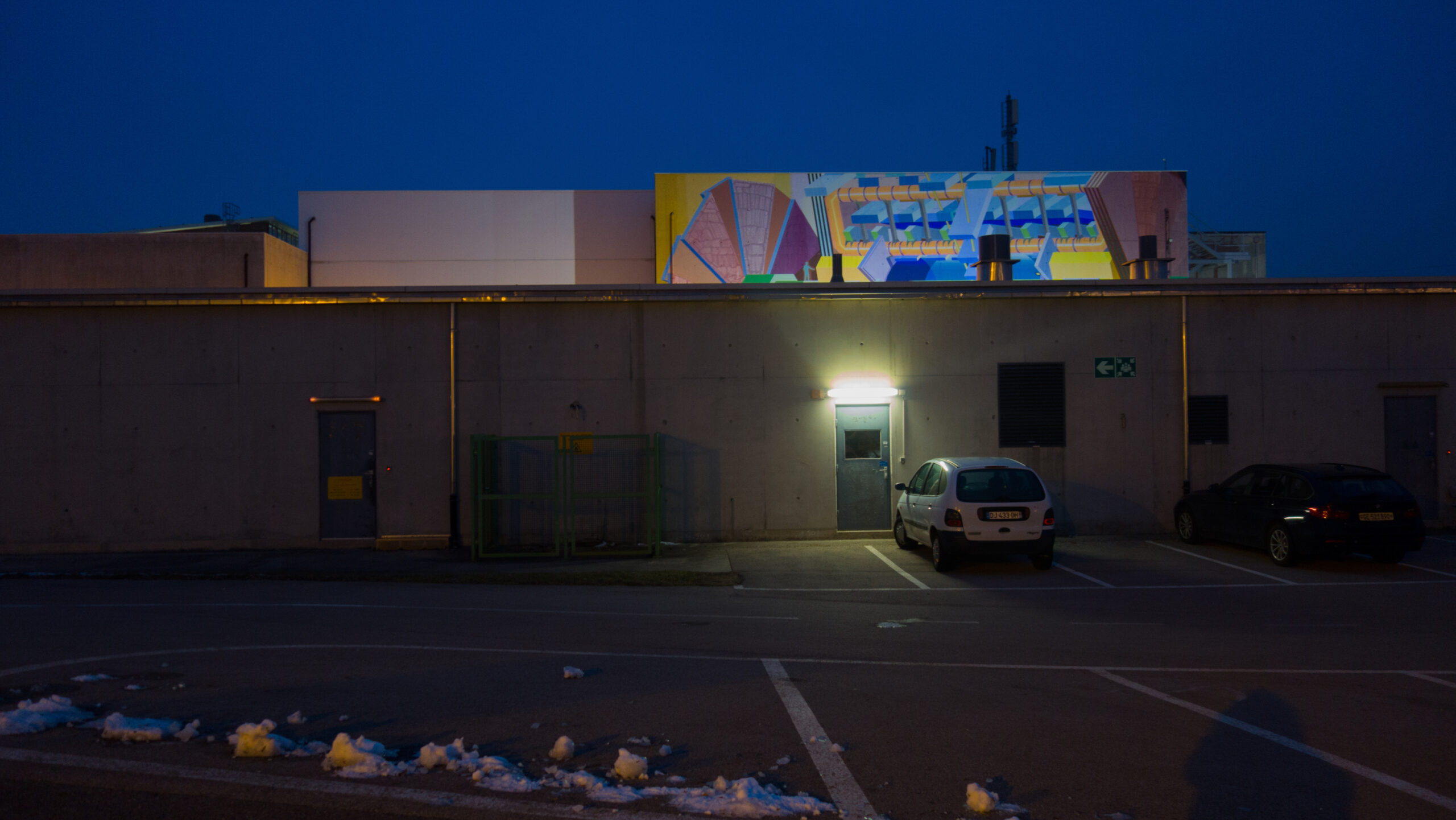CMS visit, with Tiziano Camporesi
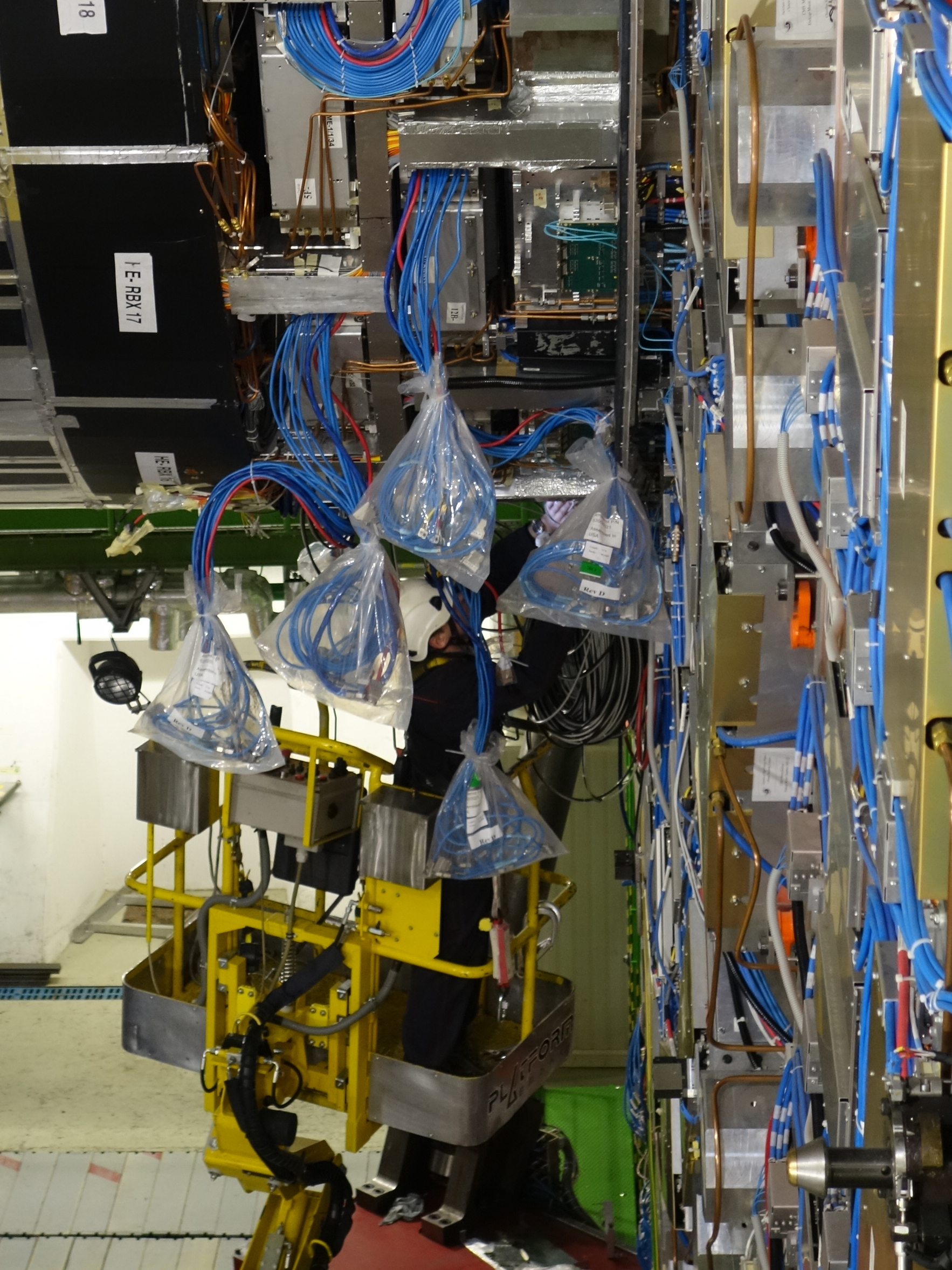

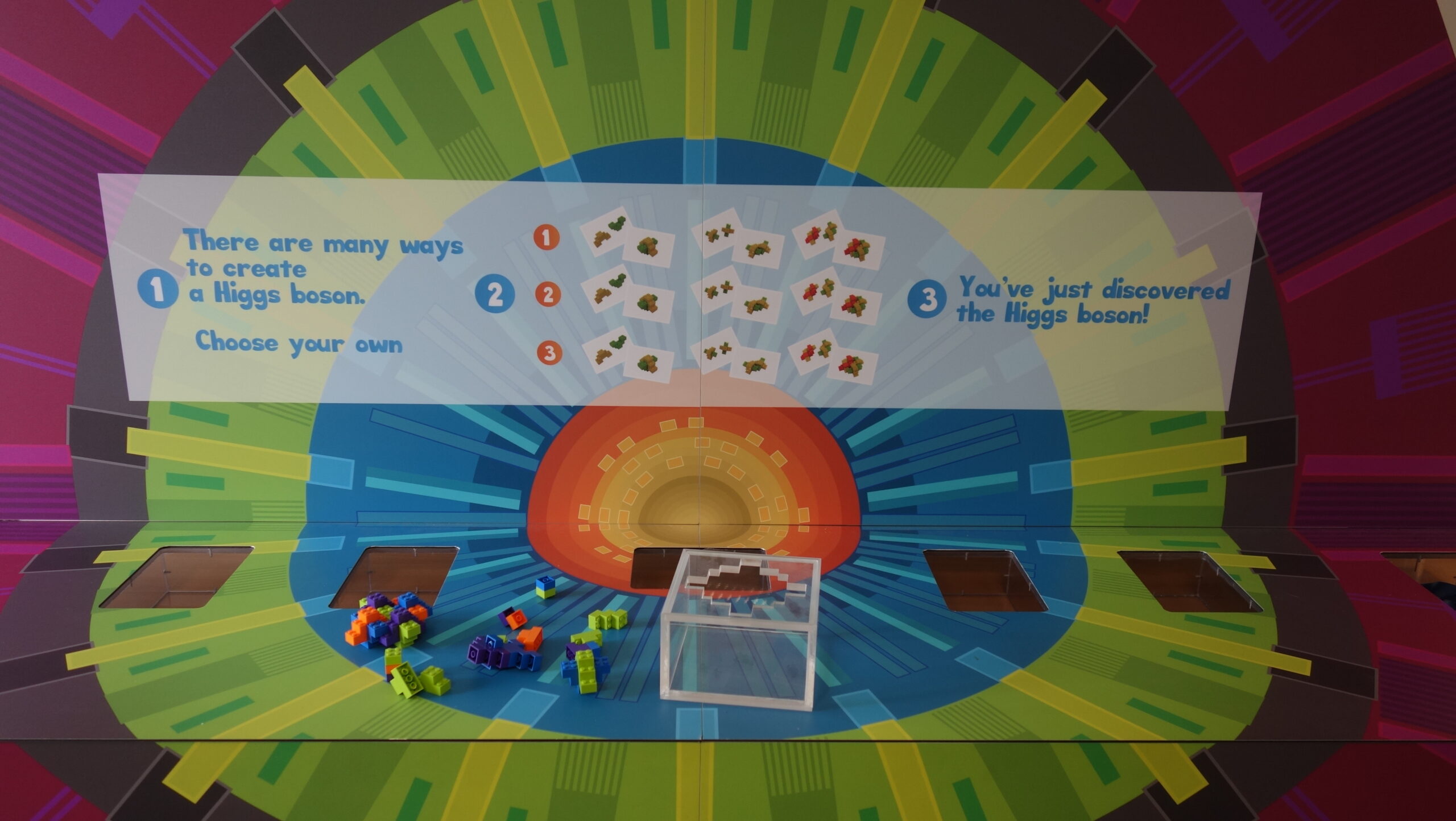
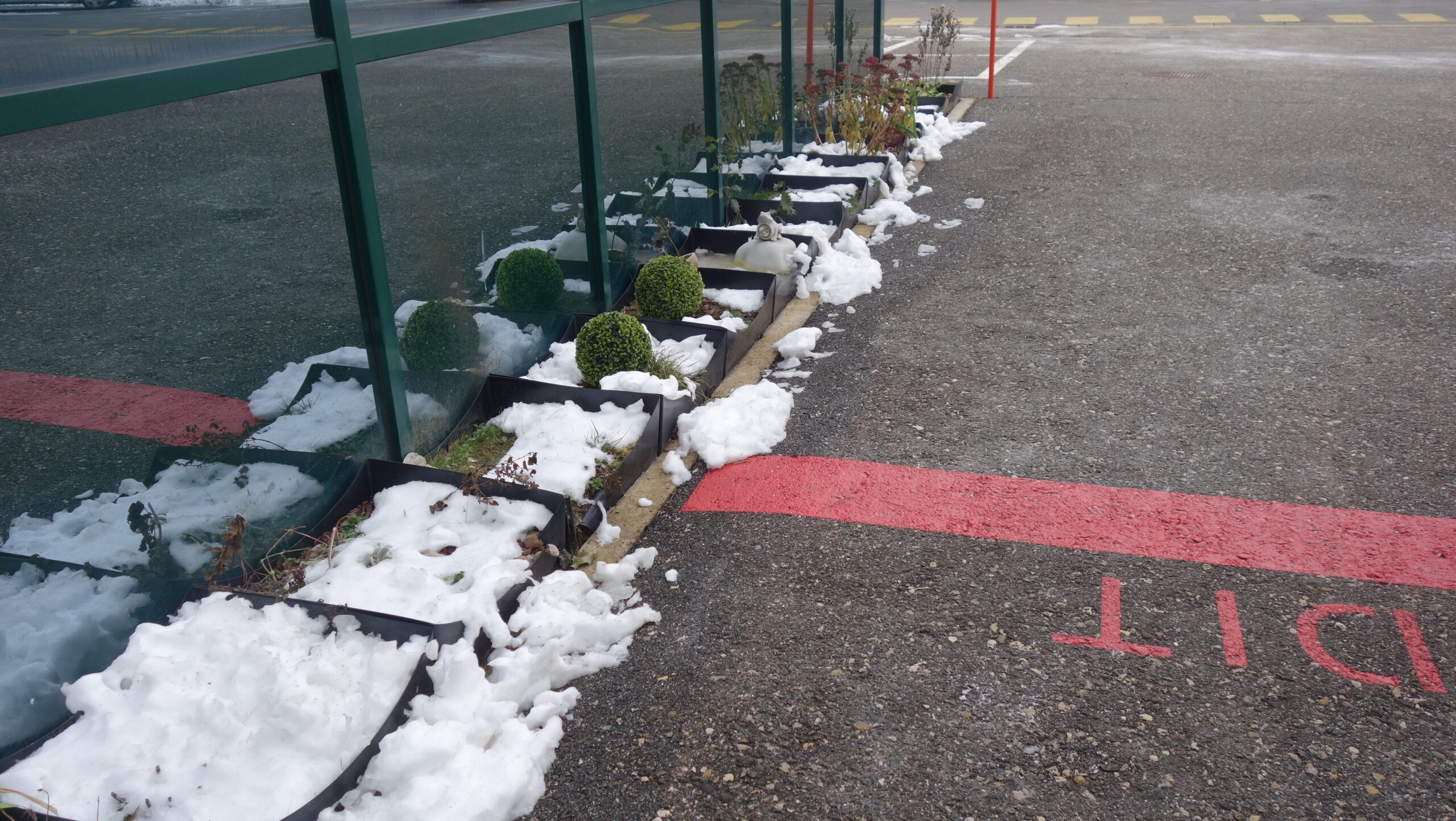
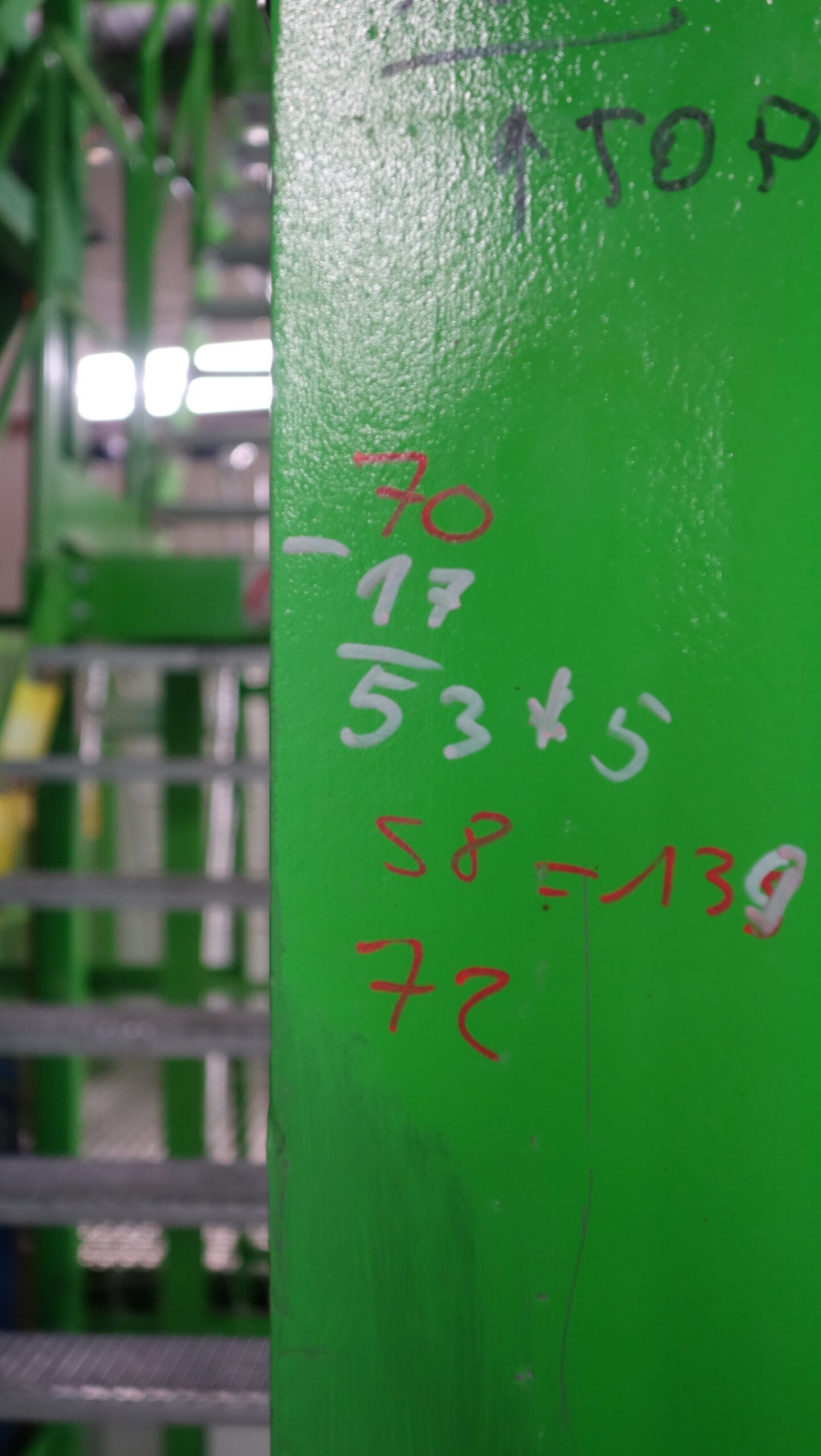
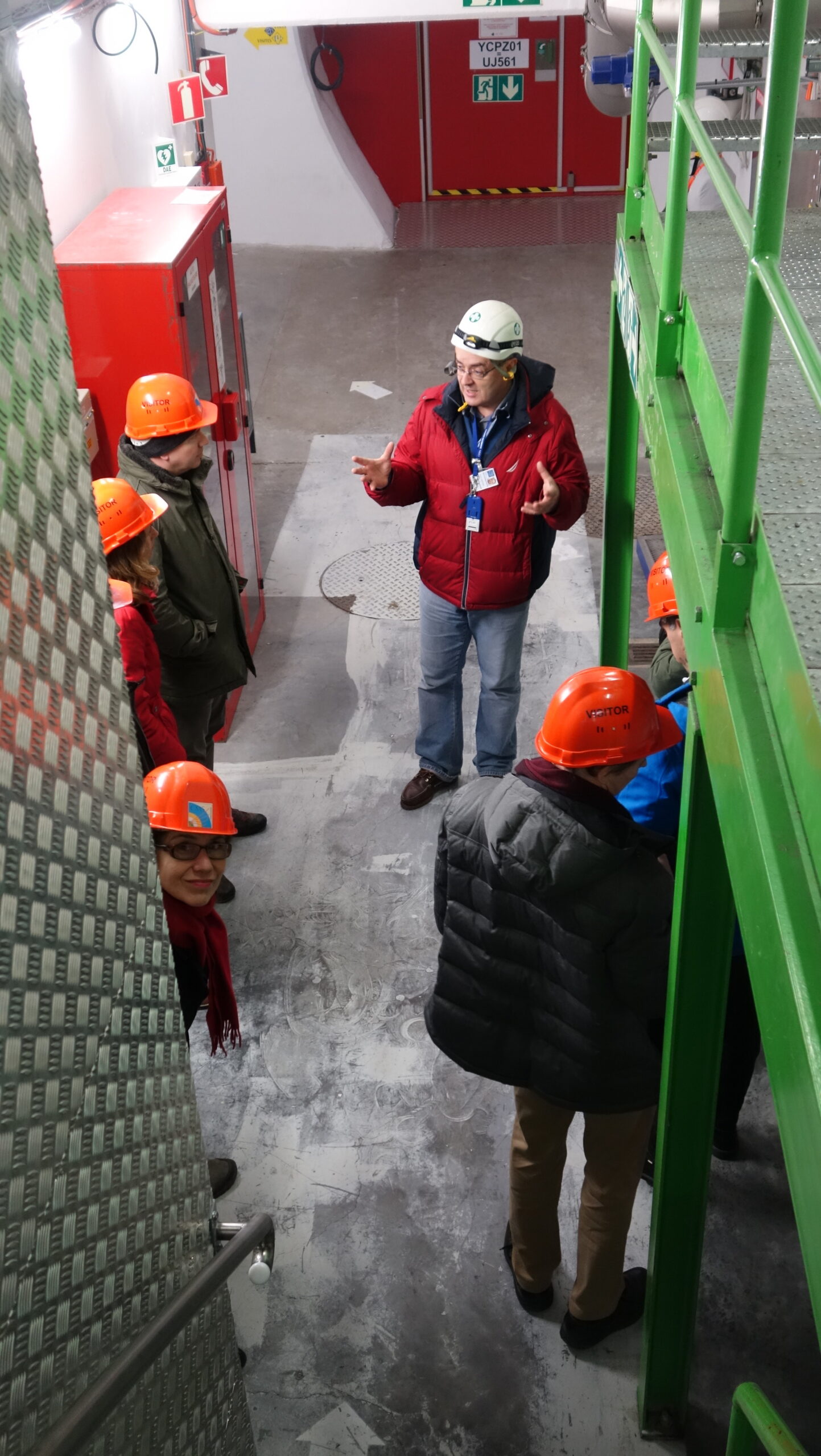
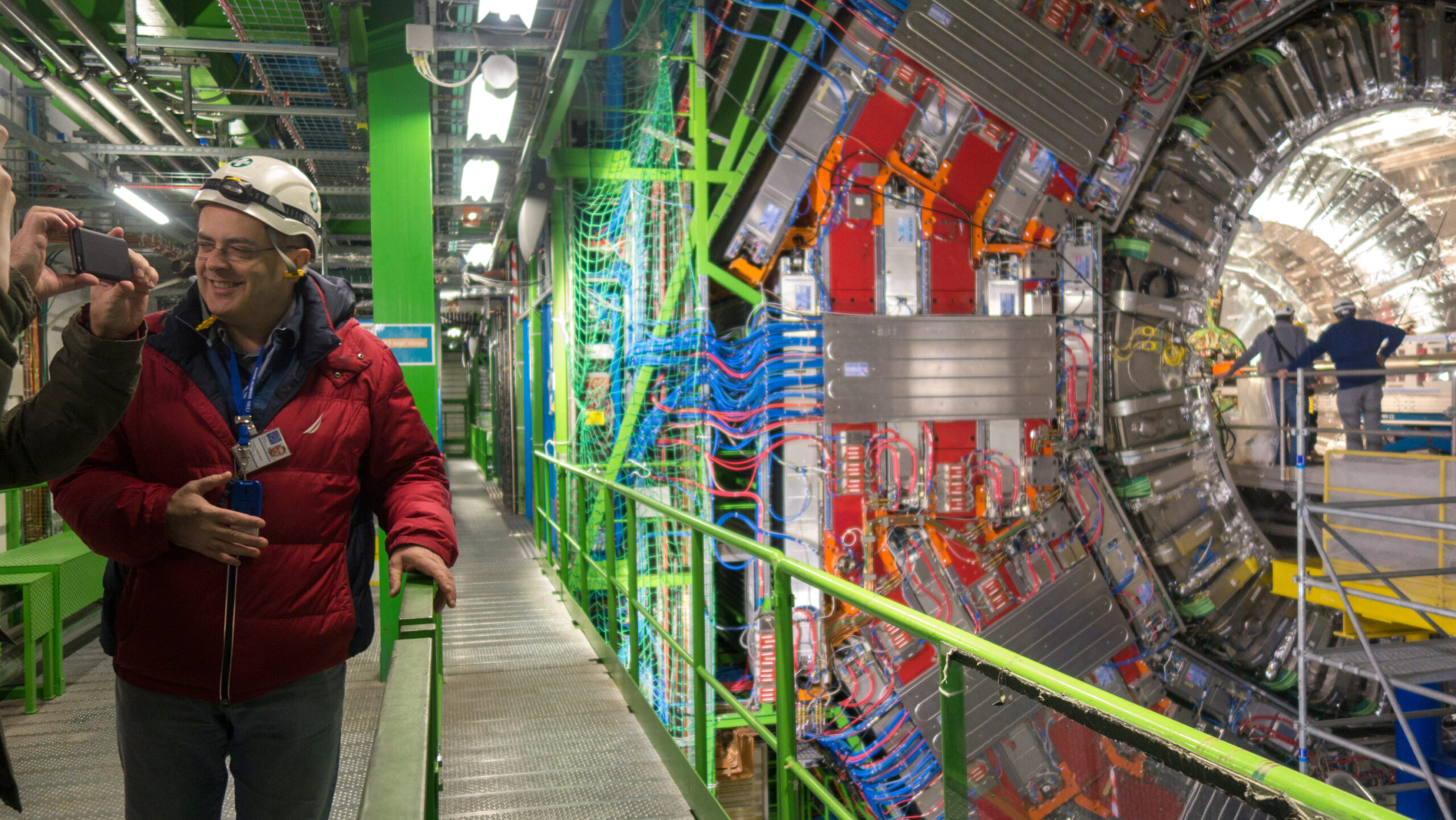
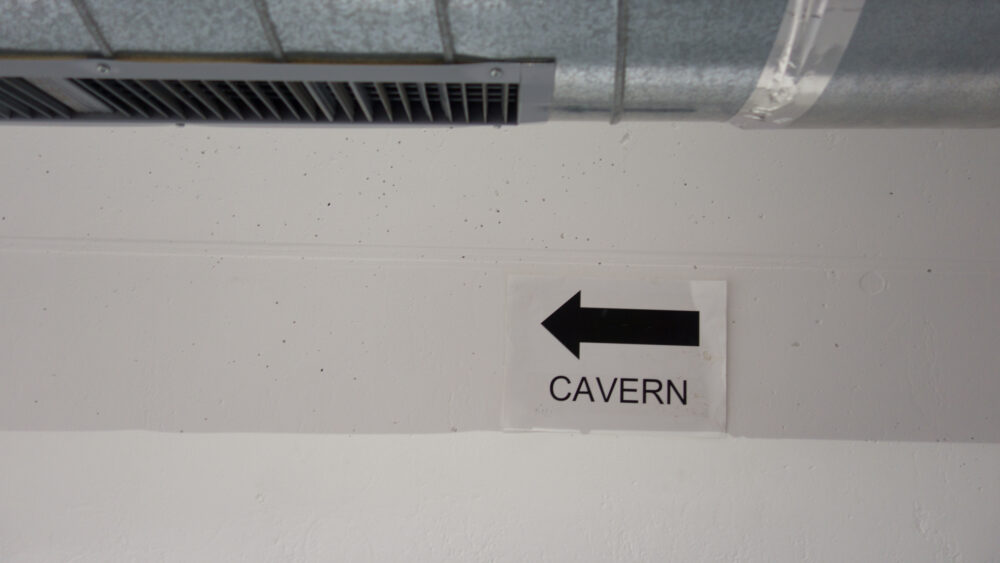
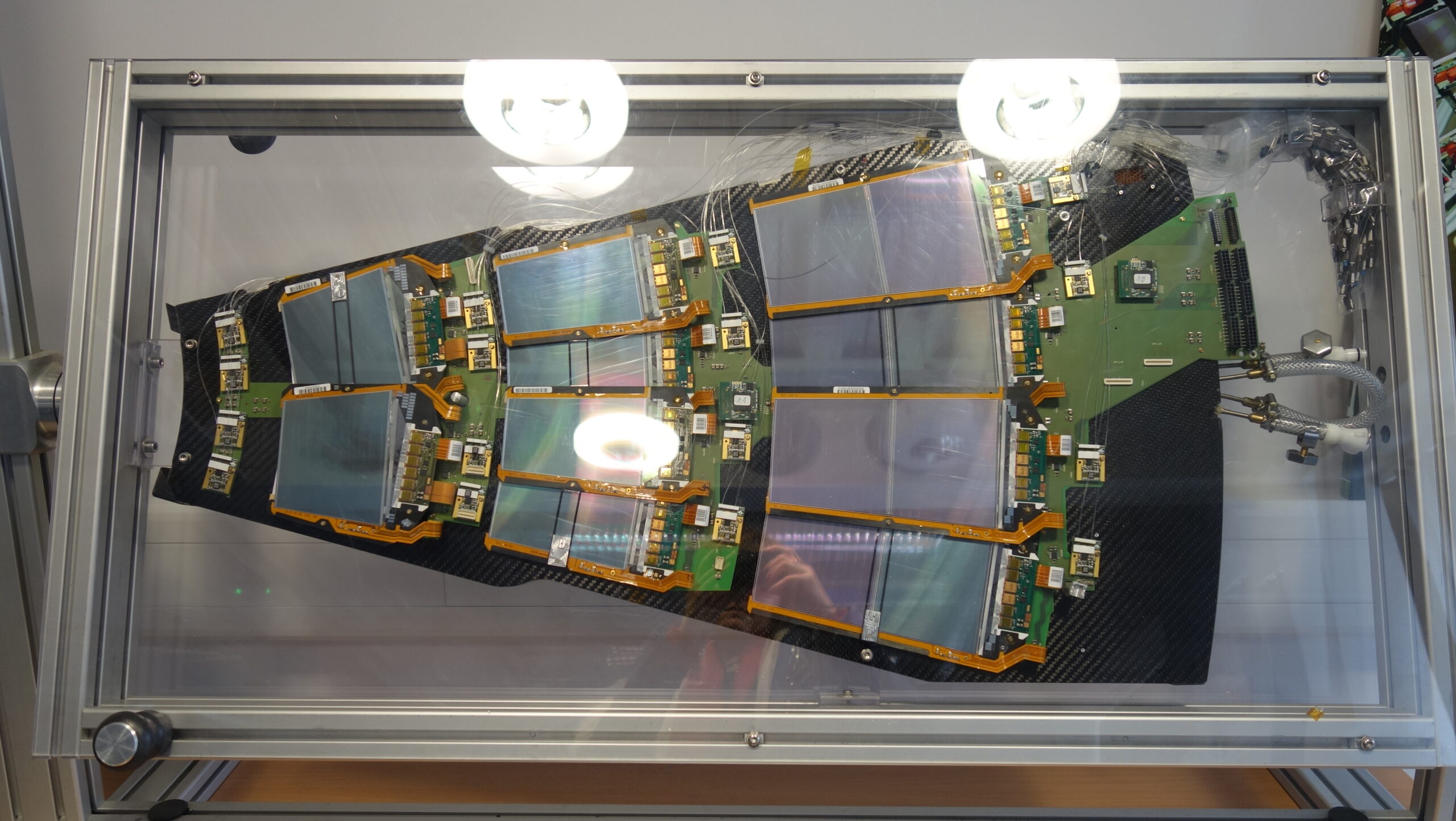
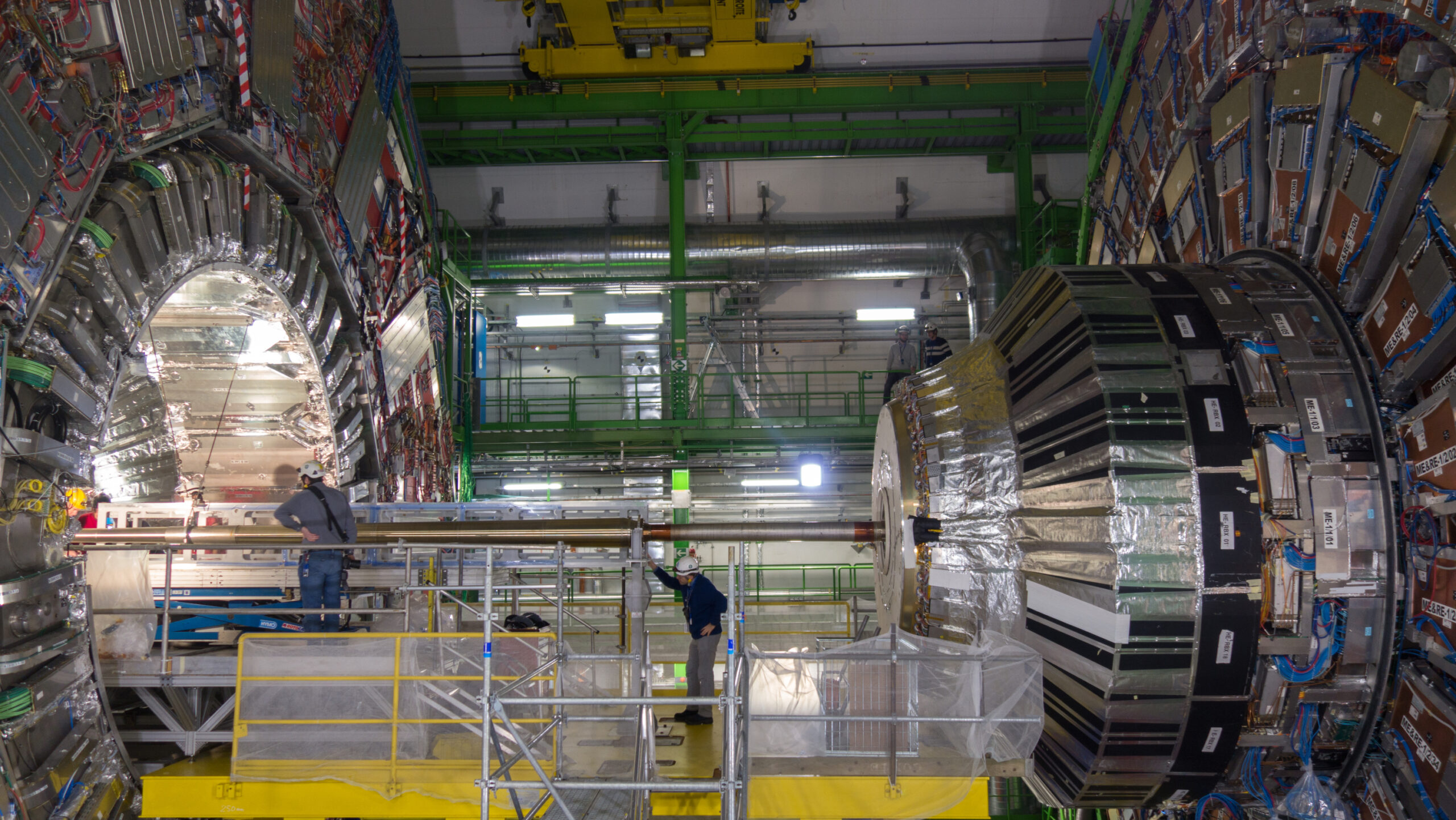
CERN archives, with Anita Hollier
In the building 500, that sees each day a lot of people passing by to eat at the restaurant nearby, there is a flight of stairs descending. You turn right, and there is this piece of furniture full of old slides. I found my year of birth. The slides are unreadable.
All CERN archives are here. Anita is working at 50% here, and the other person also.
The archives’ organization is not chronological, but rather organized by department : all the Director General’s files in one place, all the SP’s files in another, etc.
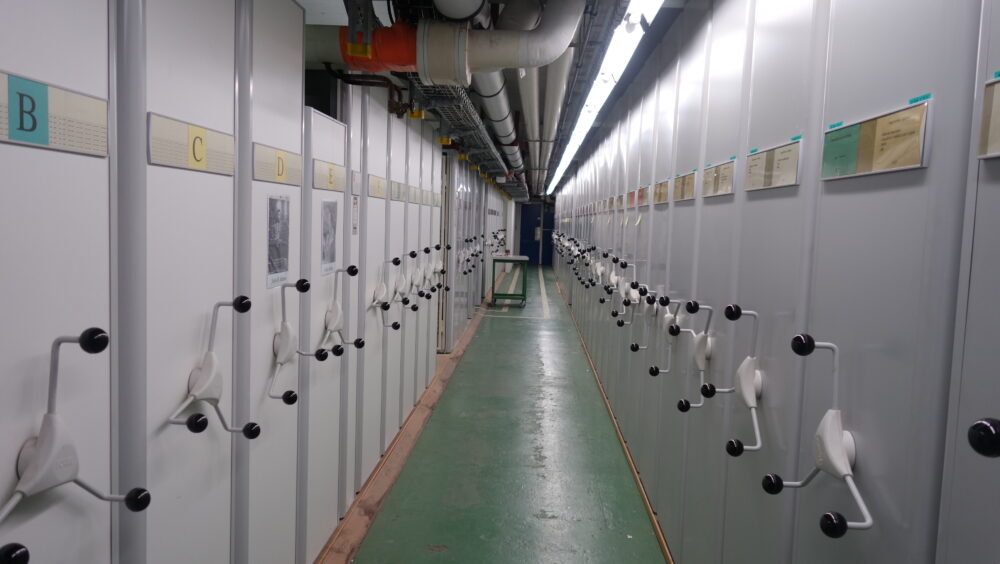
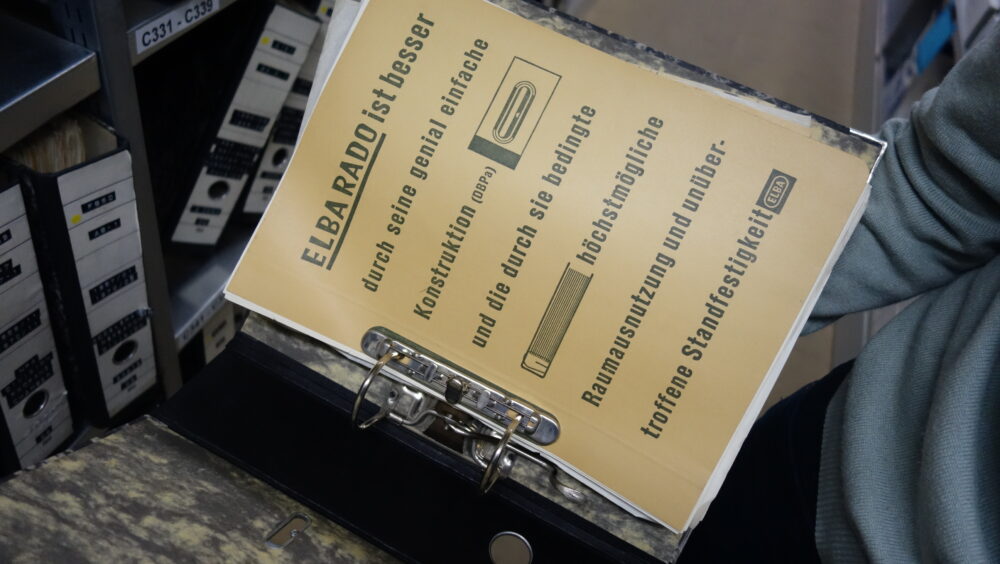
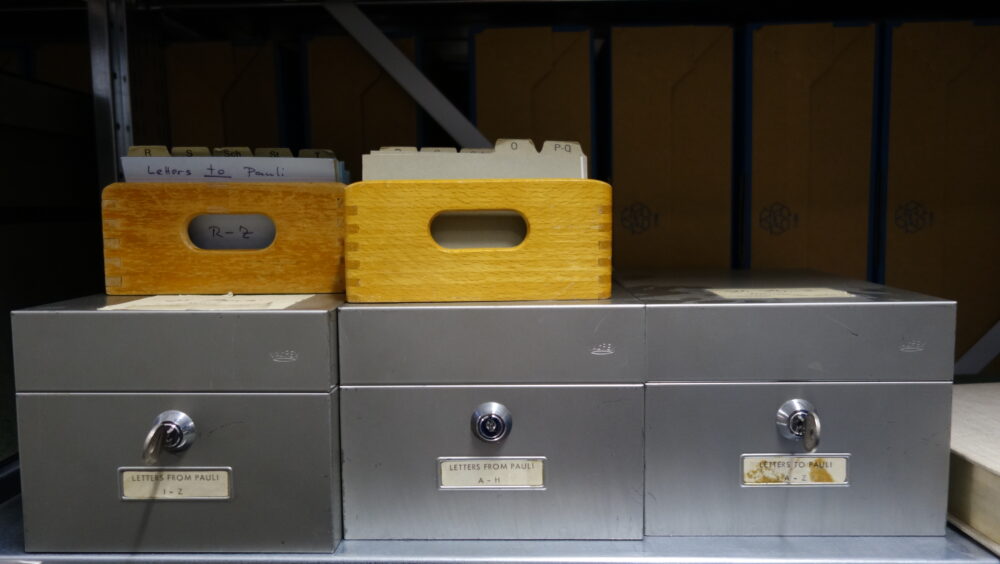
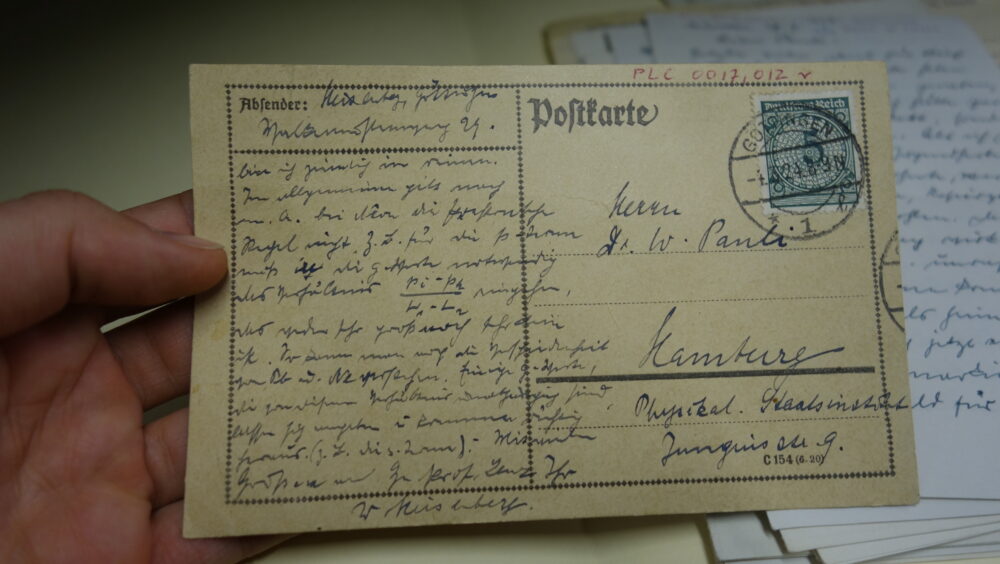
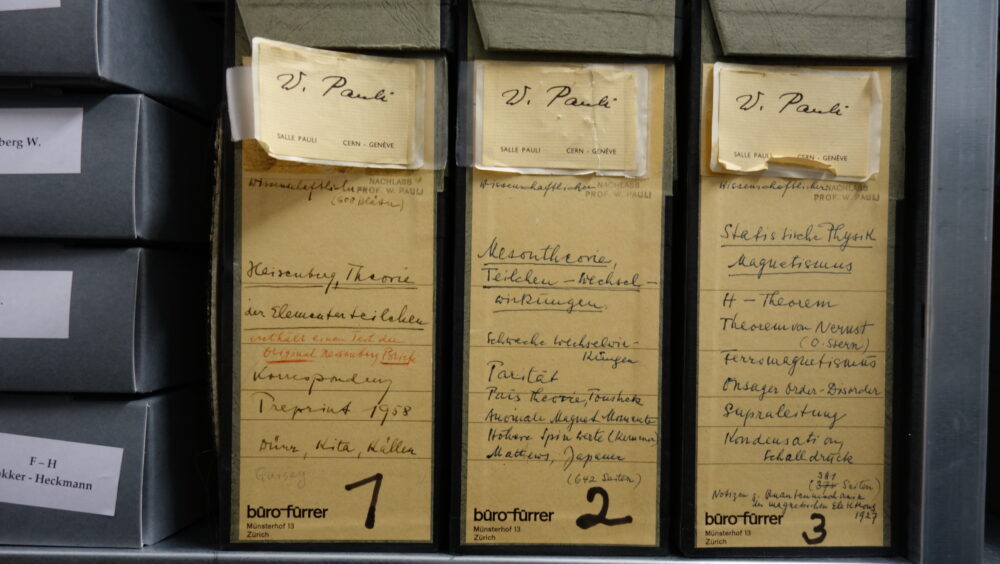
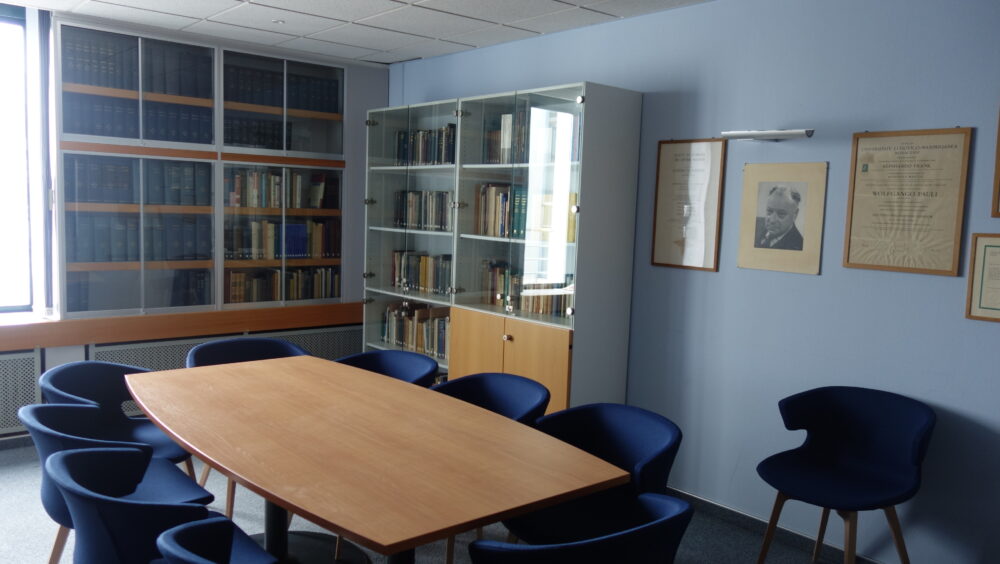
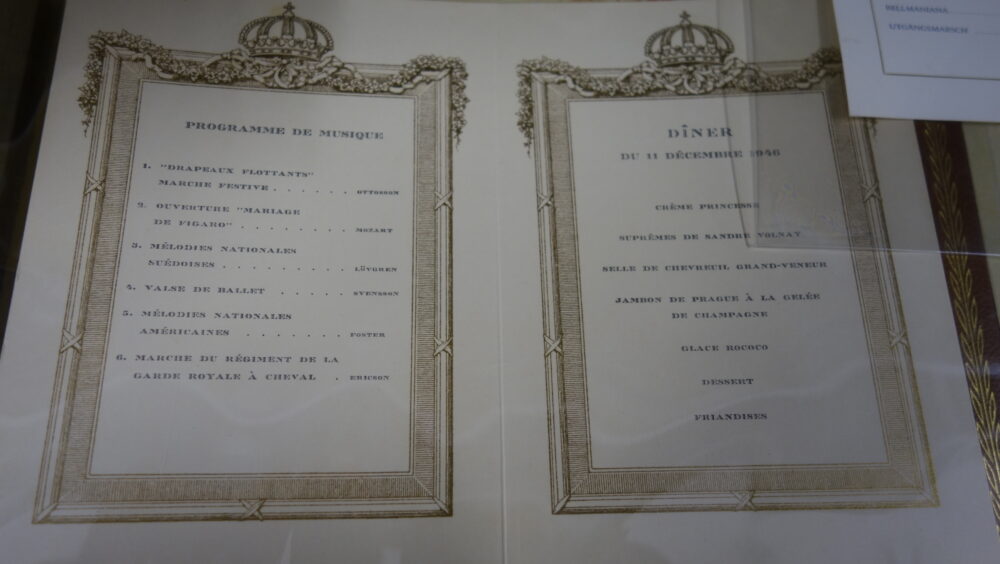
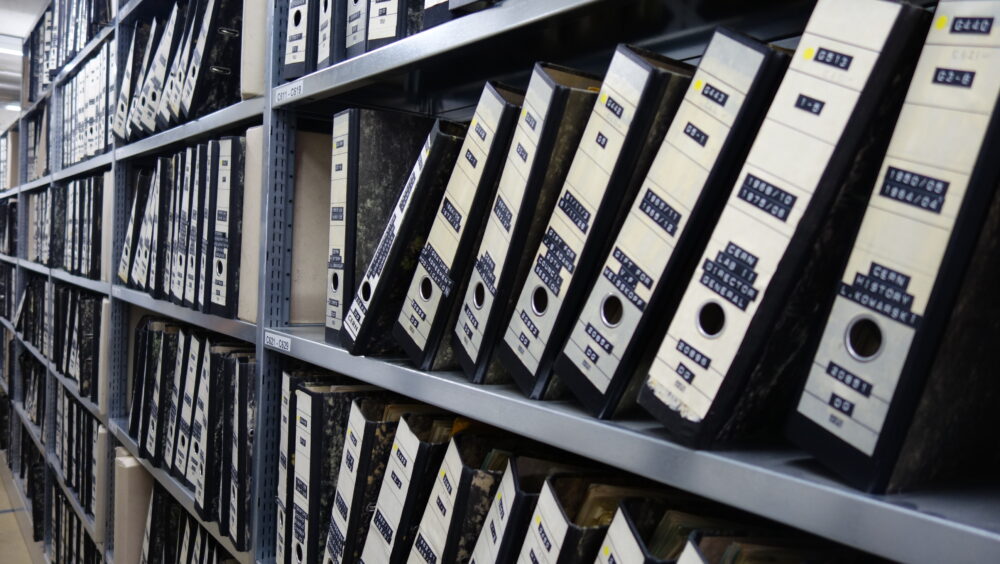
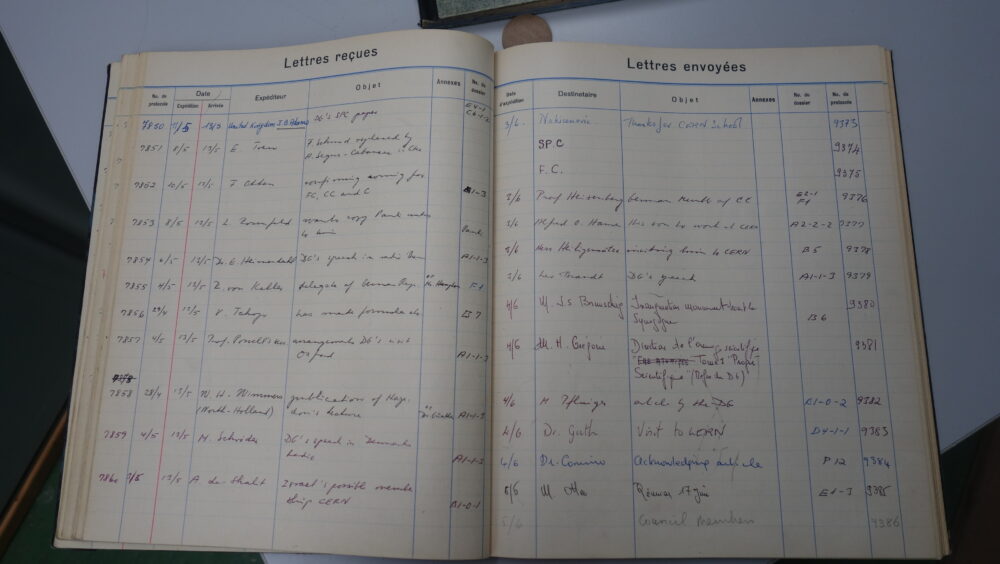
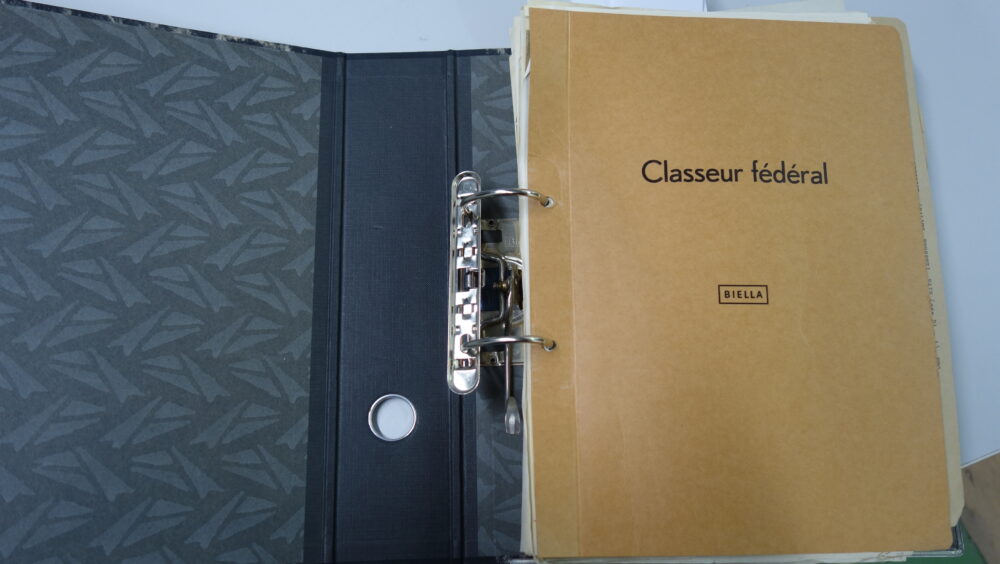
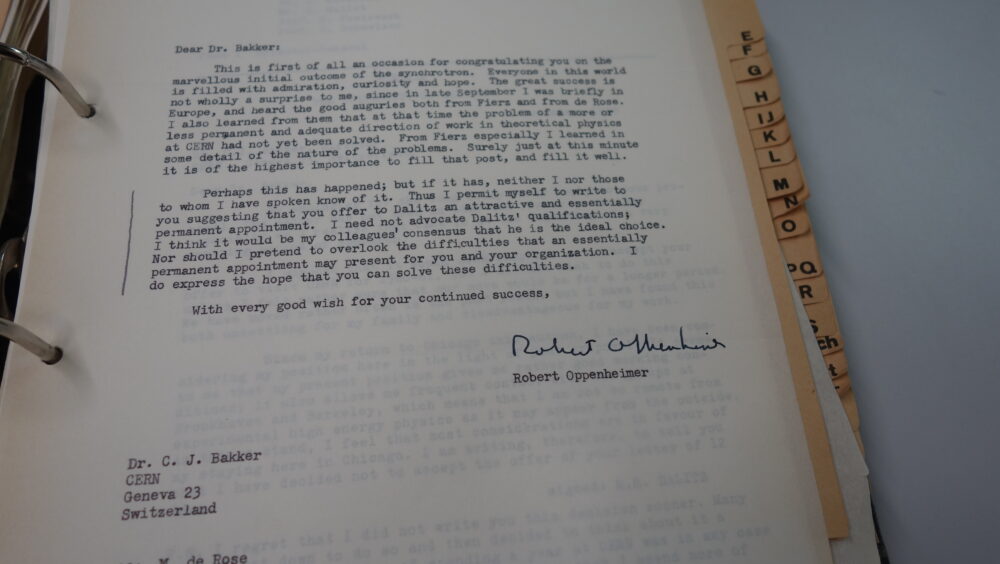
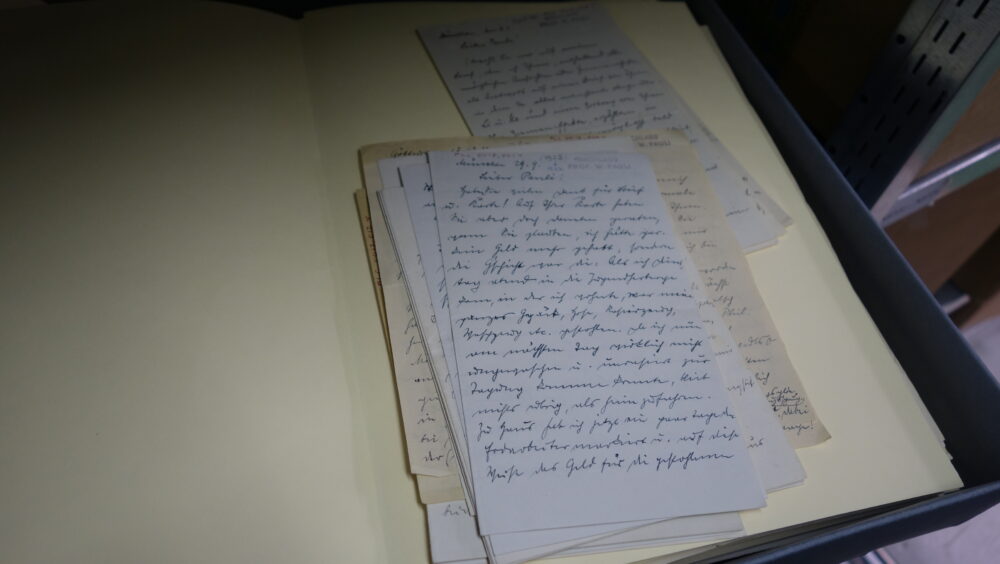
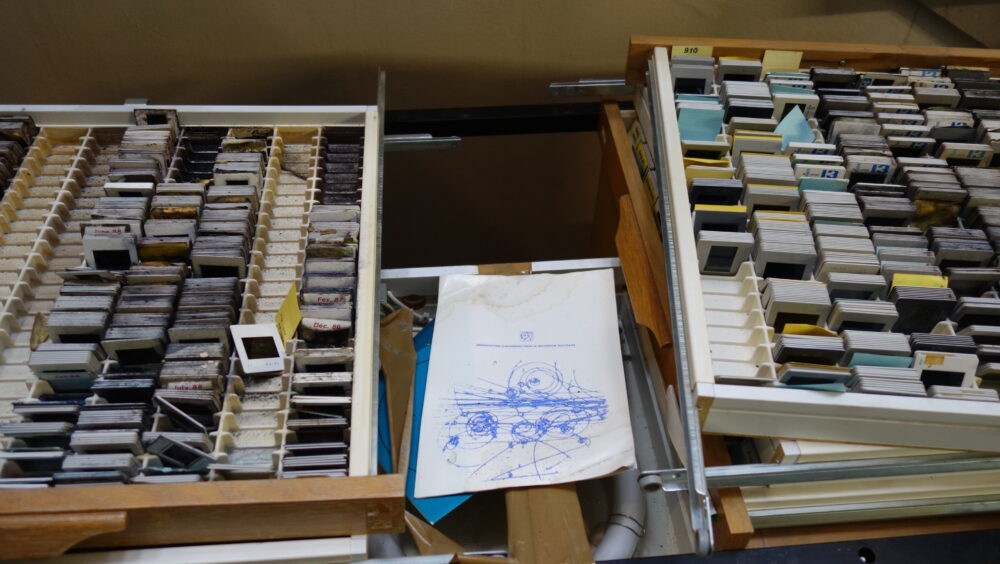
Gavin Salam
I met Gavin for the second time. I wanted to know more about the notion of time as non-linear, and its relation to space. I learnt for example that time on Earth goes more slowly than in space, because more close we are to a gravitational field, more slowly we go. And if we go very close to a black hole, the time slows completely. He talked also about the behavior of light, the gravitational lenses, space-time curvature and dark matter.
About dark matter, dark energy, black holes, black body, it made me think of this emission on France Culture “Quand la physique broie du noir” (but in English the pun doesn’t work, as it can be translated to “when physics feels blue” – not black).
Also, we had a very interesting talk on equations. My questions were about how they are written, what is the structure behind them, how can we read them aloud, what are the conventions, and how the tools evolve. Below you can find the record of our conversation (French-listeners only).
Exploring science with sound: sonification and the use of sonograms as data analysis tool
With Genevieve Williams (Anglia Ruskin University – Cambridge UK) and Domenico Vicinanza (Anglia Ruskin University and GEANT – Cambridge UK).
Steve Goldfarb told me about Domenico Vicinanza on my first day at CERN, remember, it is in this article, and it was about the Quantizer.
Ideasquare, with Yuri Tanaka
Yuri is another artist in residency, but she came within the Ideasquare program. She is also in collaboration with the designer Aurélien Mabilat, a friend of mine.
An article on her work, “Think cosmically, act locally”.
We discuss about our residencies, and she made me visit Ideasquare, which is a space that looks completely different from the other spaces at CERN. It is a laboratory where several hackathons take place.
